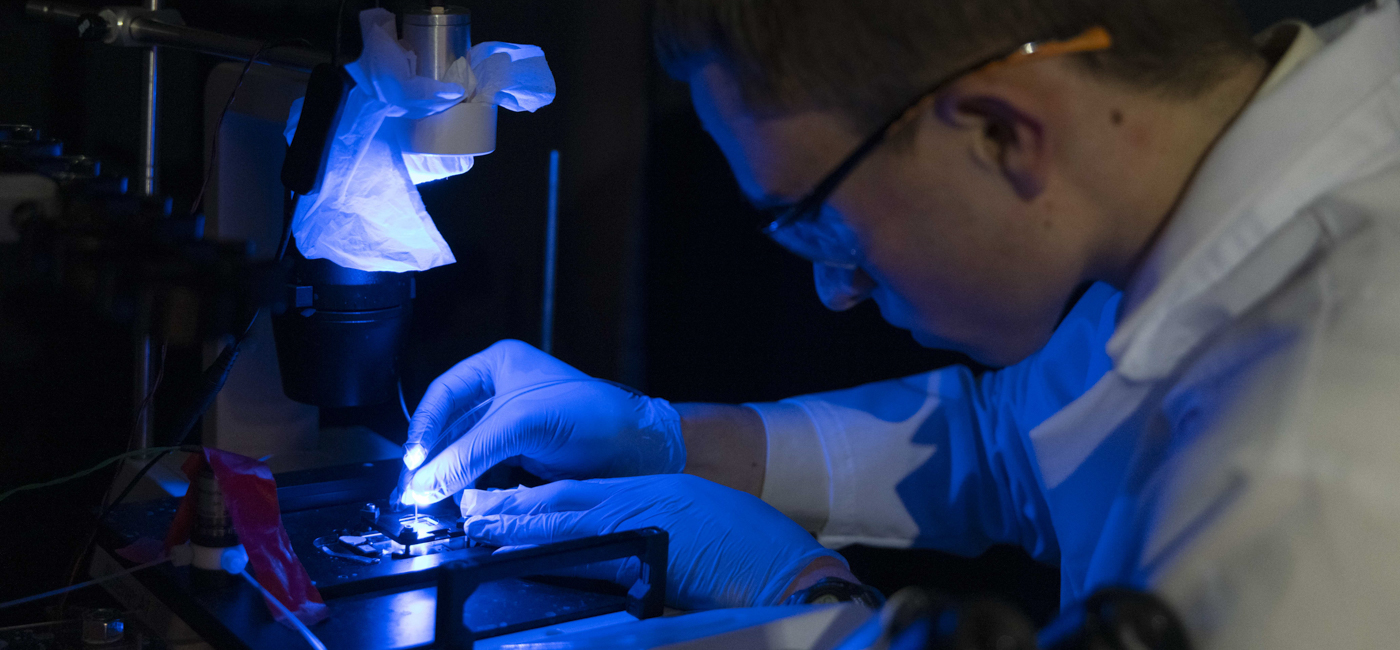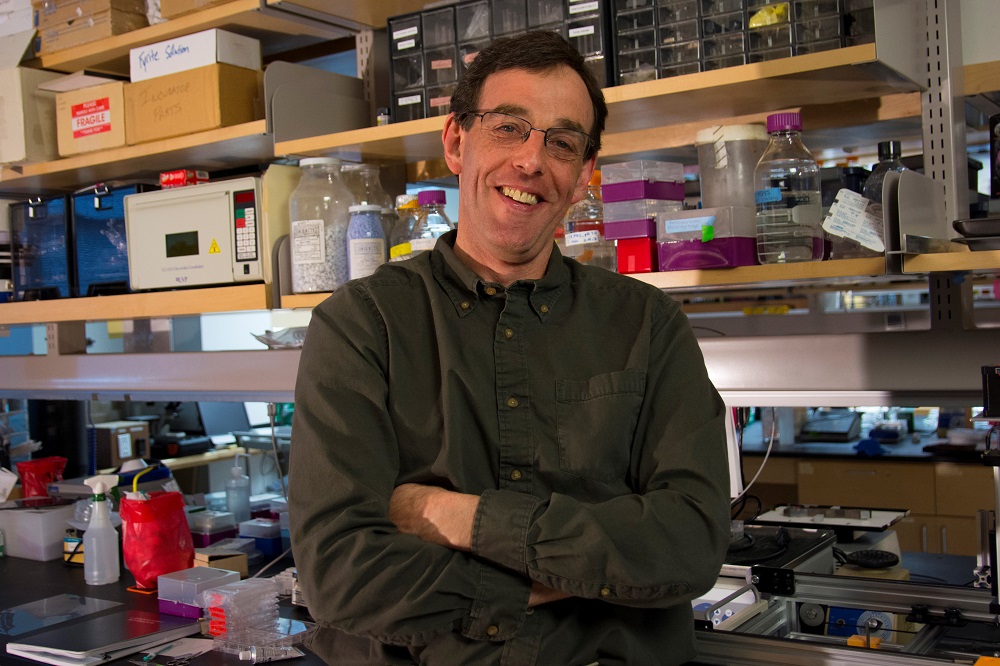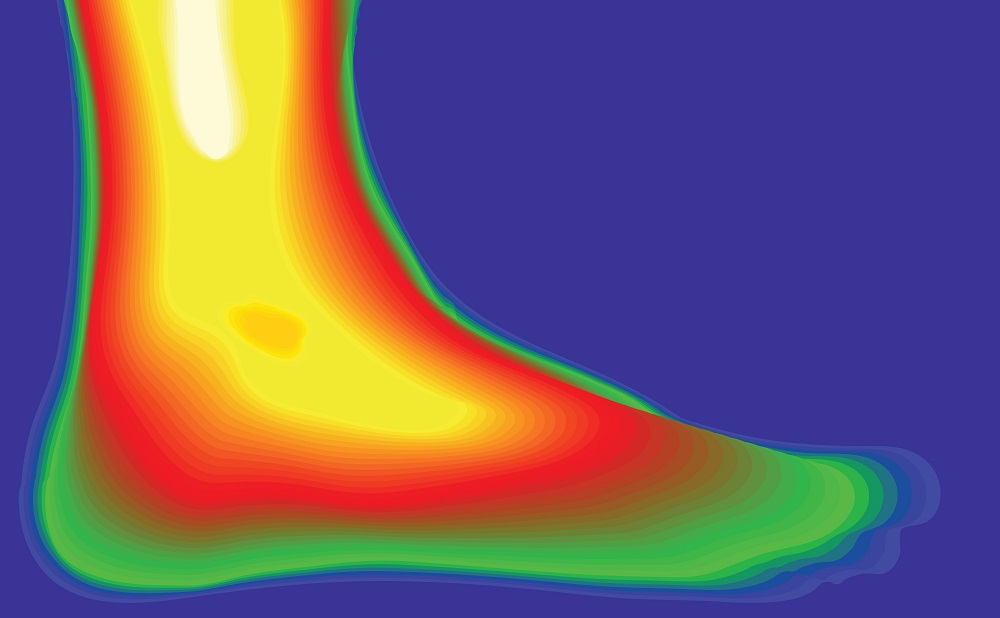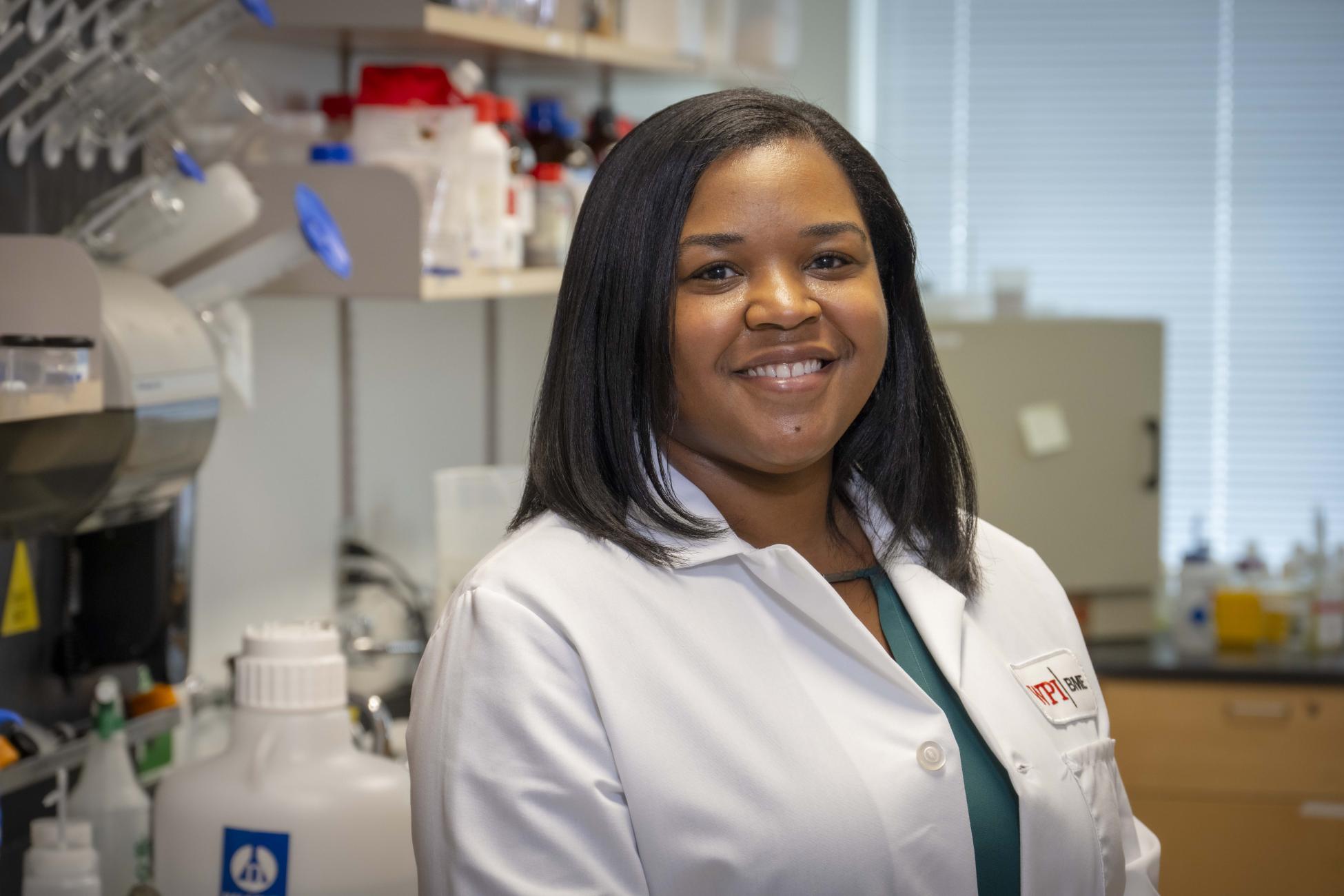WORCESTER, Mass. — Each year, millions of people in the United States suffer burn injuries and serious skin wounds from pressure sores or diabetic ulcers and often require skin grafts to prevent infection and to promote healing. But skin grafting is not a complete solution. Taking healthy skin from one area and grafting it onto a patient’s wound has limitations, including the lack of available skin tissue to harvest and the damage skin grafting does to the healthy area of the body. To fill this clinical gap, academic and commercial laboratories across the country are actively researching the development of an engineered skin substitute that could serve as an off-the-shelf technology for treating serious burns and skin wounds.
To review the current state-of-the-art in substitute skin development, George D. Pins, Ph.D., associate professor of biomedical engineering at Worcester Polytechnic Institute (WPI), and Katie A. Bush, a graduate student in the joint WPI-University of Massachusetts Medical School doctoral program in biomedical engineering and medical physics, have co-authored a chapter in the new book Micro- and Nanoengineering of the Cell Microenvironment: Technologies and Applications (Artech House). “This is a very fast-moving and exciting field of research,” Pins said. “There is a tremendous clinical need here, and investigators are now working at the nano-scale using technology to develop biomaterials that can not only treat the wound, but also promote tissue regeneration.”
Working at WPI’s Life Sciences and Bioengineering Center at Gateway Park, Pins and his team focus on developing biomaterials that can promote wound healing and tissue regeneration by studying how cells interact with each other, and with the structural elements of the body. Their research is funded, in part, by grants from the Whitaker Foundation and the National Institutes of Health.
In the chapter titled Nano-and Microtechnologies for the Development of Engineered Skin Substitutes, Pins and Bush explore the range of approaches now being tested and developed in the field, including the use of layers of engineered biomaterials and the development of scaffolds, which are three-dimensional frameworks that can be seeded with cells or growth factors and then implanted in a wound to promote healthy cell growth and tissue regeneration.
The new book, which covers a wide range of biomedical engineering topics, was edited by Ali Khademhosseini of the Harvard-MIT Division of Health Sciences & Technology, Jeffrey Borenstein of Draper Laboratory, Shuichi Takayama of the University of Michigan and Mehmet Toner of Harvard Medical School. Pins, who has a long-standing collaboration with Toner on tissue engineering projects, was invited by the editorial team to develop the chapter on engineered skin substitutes. “I hope this new book will be used by students, scientists, and researchers at academic and industrial labs, and will help in their work to develop promising new technologies to treat people who suffer from burns and other skin injuries,” Pins said.



